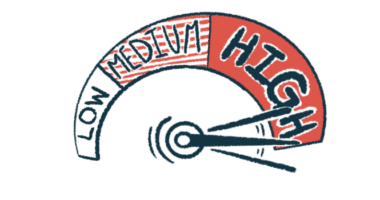Immune System’s Role AAV, Other Diseases Focus of Grant Award

Research into the potential interplay between different immune system components and coagulation in patients with ANCA-associated vasculitis (AAV), COVID-19 and systemic lupus erythematosus (SLE) has won a grant from the Academic Alliance Fund (AAF).
The grant was awarded to Johan van der Vlag, PhD, and Cansu Yanginlar, MSc, at the Radboud University Nijmegen Medical Center, along with Sjoerd Timmermans, PhD, and Pieter van Paassen, MD, at Maastricht UMC. Both are in the Netherlands.
The project, “NETworking: Deciphering the pathologic properties of the neutrophil in COVID-19, ANCA-associated vasculitis (AAV), and systemic lupus erythematosus (SLE),” is one of the 21 projects, which recently received up to €100,000 ($119,000) in funding by the AAF.
AAV and SLE are autoimmune diseases in which the immune system erroneously produces self-reactive antibodies, leading to damage in multiple tissues and organs.
COVID-19 is an infection caused by the SARS-CoV-2 virus. While the immune system initially attempts to fight this infection, an excessive immune activation in COVID-19 patients can fuel progression to a more severe state.
In this project, researchers aim to study the potential interplay between neutrophil extracellular traps (NETs), the complement system, and coagulation in patients with COVID-19, AAV or SLE.
Produced by activated neutrophils, the immune system’s “first responders,” NETs are made up of a web-like network of DNA and antimicrobial proteins. Normally, NETs capture and kill microbes, after which they are destroyed. However, in people with autoimmune disorders, such as AAV and SLE, NETs are abnormal and fuel the development and maintenance of autoimmunity.
The complement system, another part of the immune system, is composed by a group of proteins that travel in the blood in an inactive state and are quickly activated in the presence of invaders or foreign components. Yet, the complement system is known to be abnormally activated in diseases like AAV and SLE.
Finally, previous research has suggested that activation of neutrophils and generation of NETs is linked with a higher risk for venous thromboembolism, a potentially dangerous type of blood clot. An increased risk of blood clots is associated with autoimmune diseases, including AAV.
Researchers will be focused on assessing the differences and similarities of neutrophils and NETs in these conditions, to identify molecular targets specific to each. Their findings may also apply to different disorders in which NETs and neutrophils play a role, such as sepsis and coagulation diseases.






